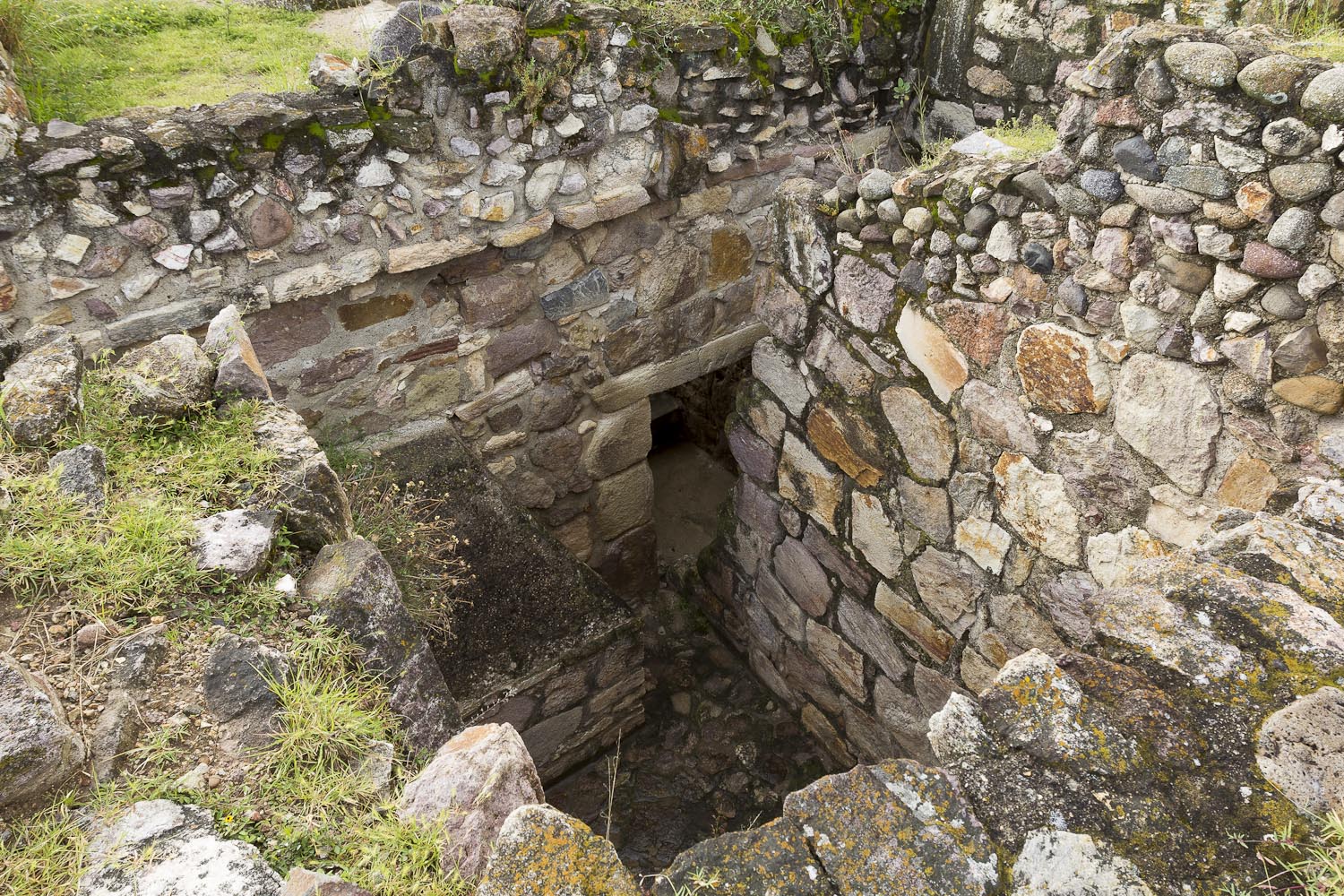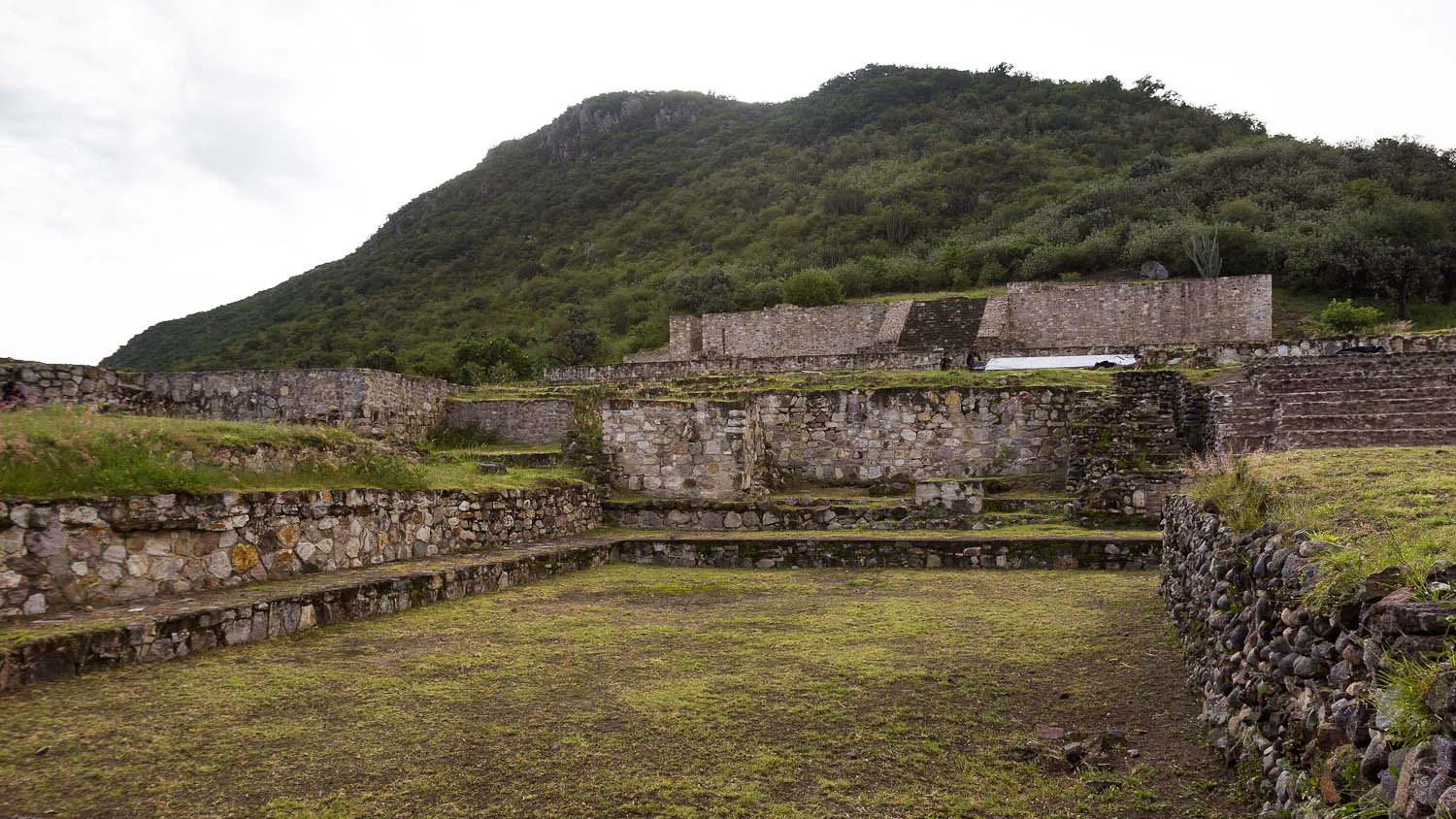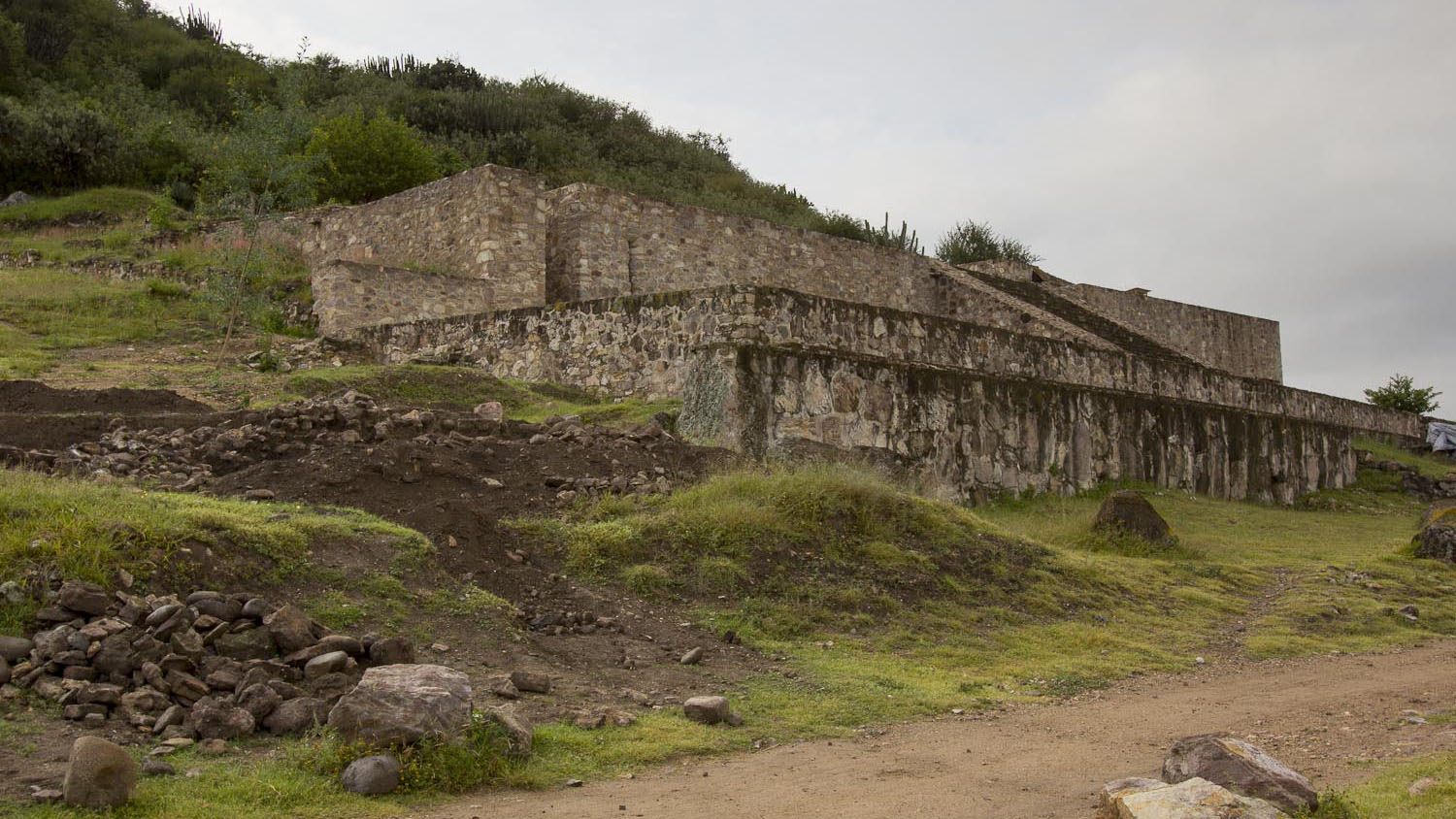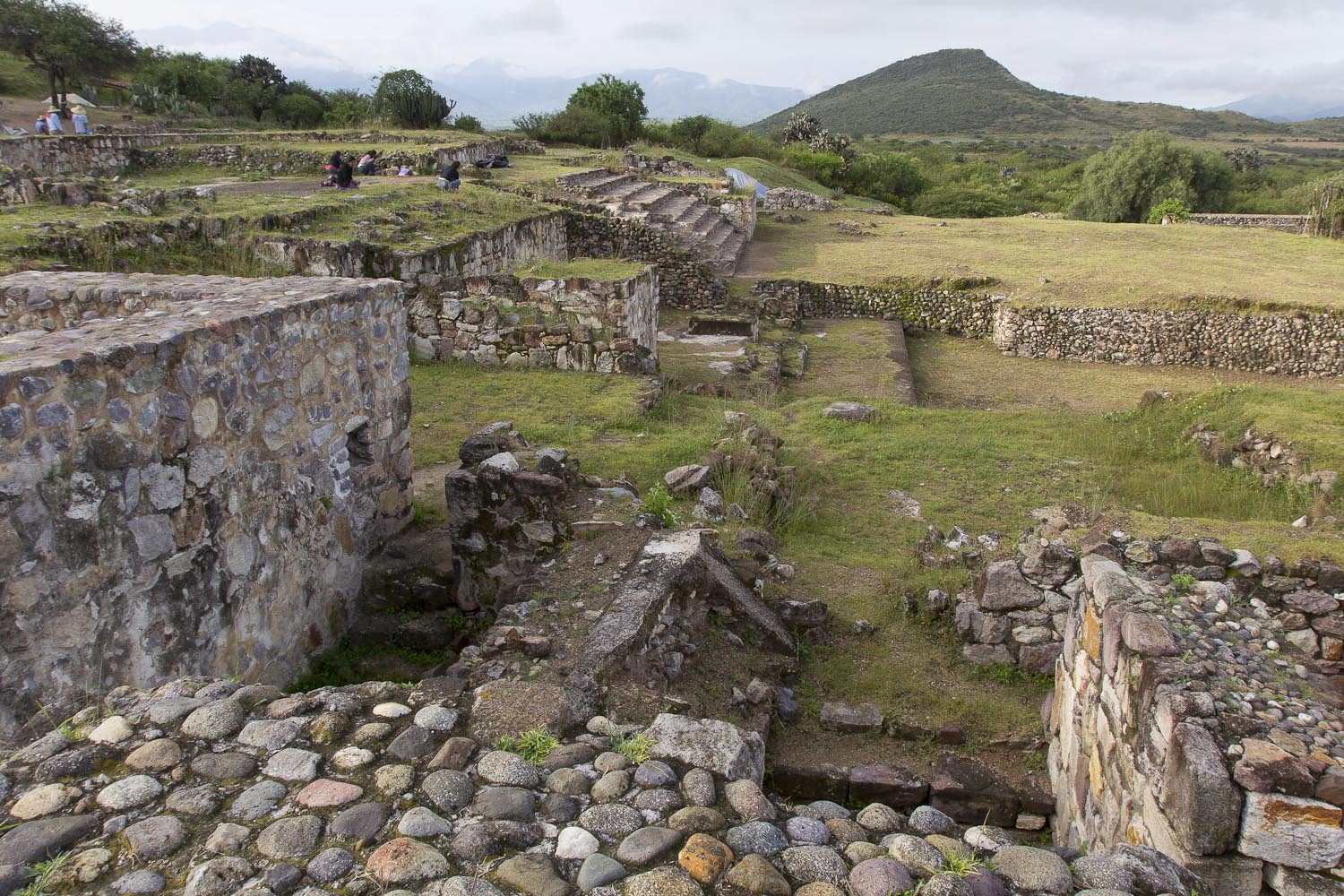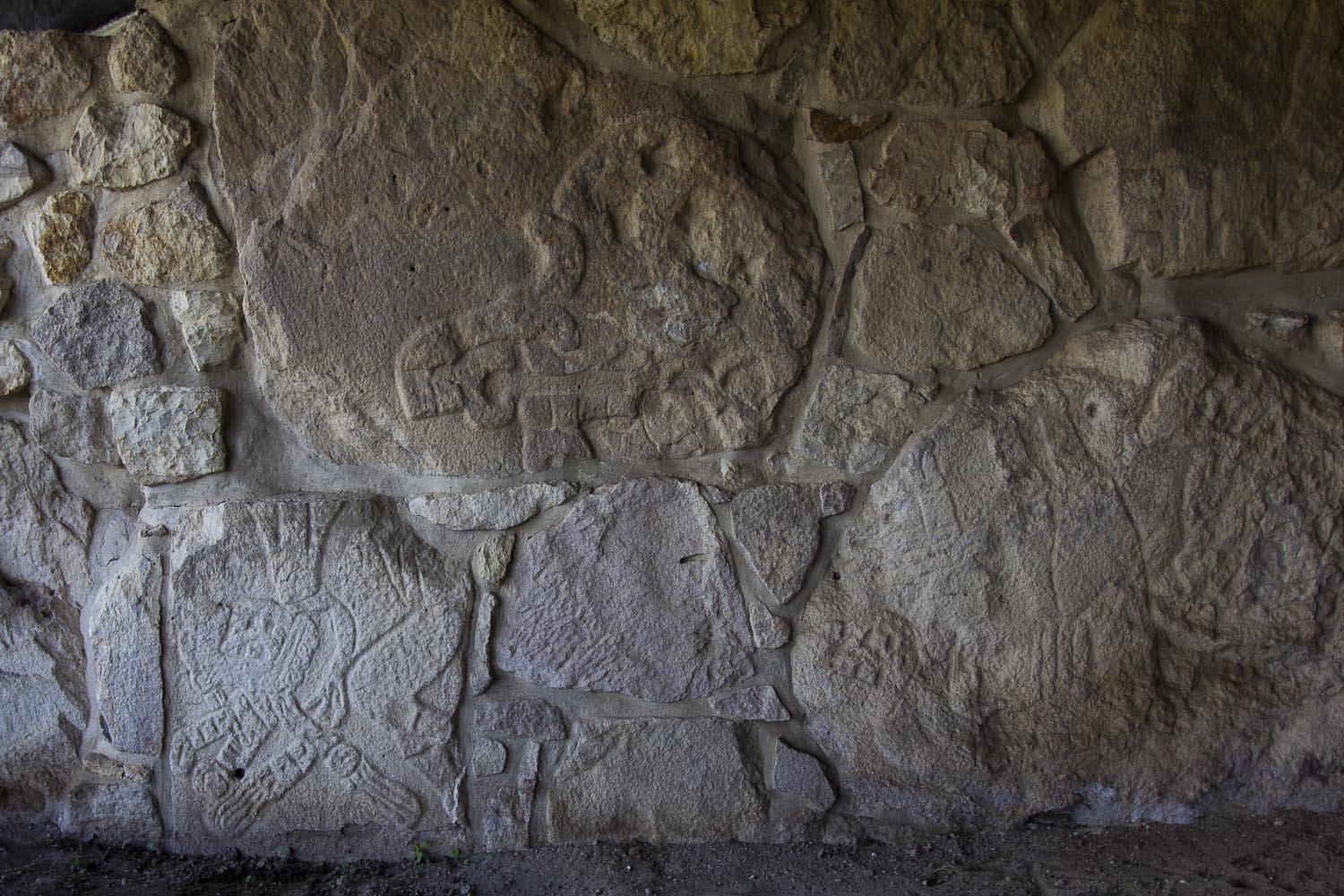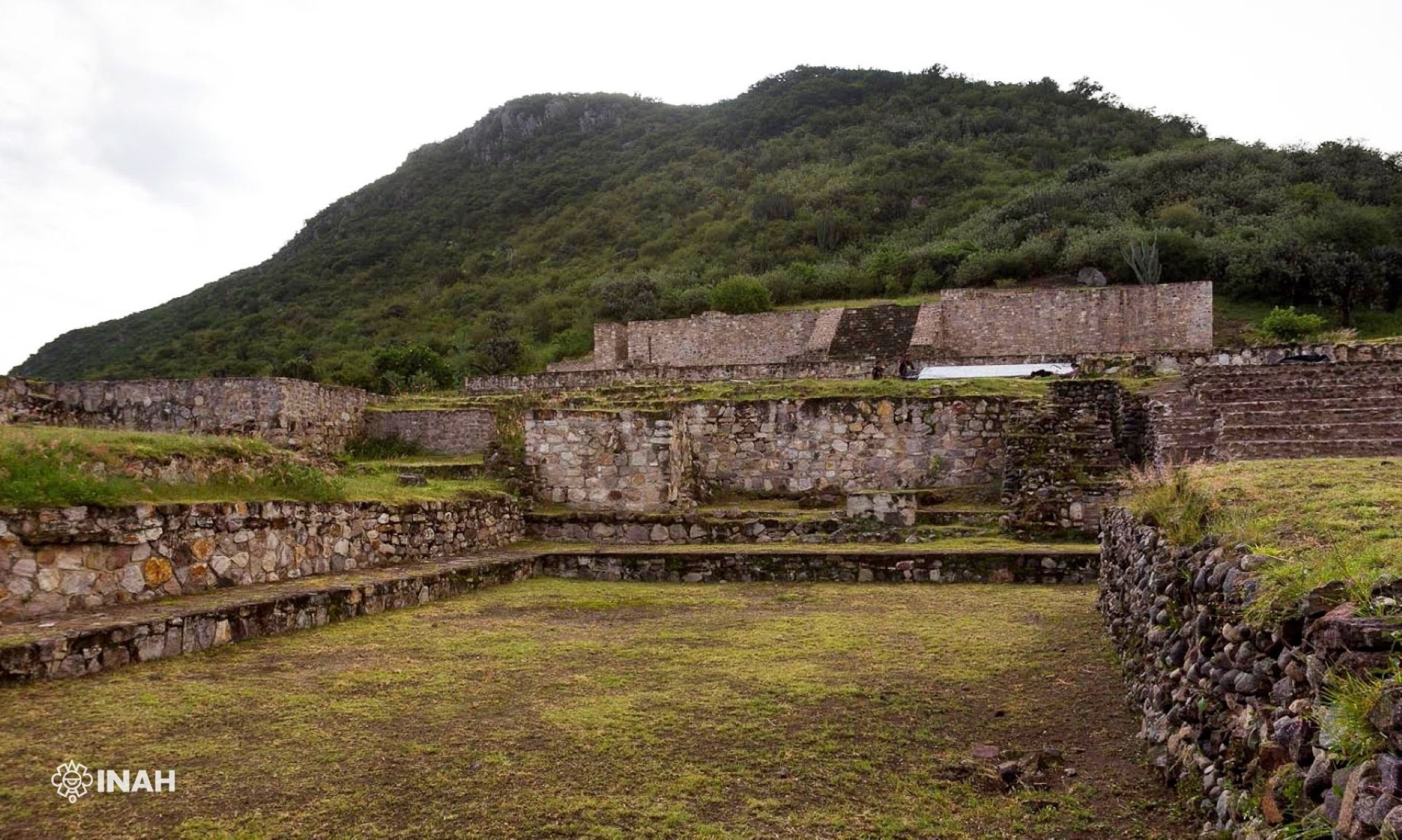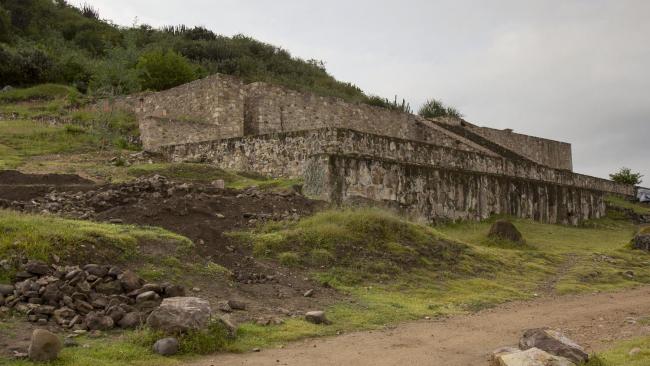Visit us
Dainzú
Opening hours
Monday to Sunday from 08:00 to 17:00 h - Last access 16:30 h
Fee
$75.00
Adress
Road to Dainzú Km 1 + 100, Dainzú Archaeological Zone, Municipality of San Jerónimo Tlacochahuaya, Oaxaca. Junction of the road (paved) with Km 23.5 of Federal Highway No. 190.
Access
Take the Pan-American Highway 190 for Mitla, traveling approximately 20 km. Reaching the crossroads with the turn off for the village of Maculixóchitl, take the right (south) and travel along this road for 1.5 km until reaching the entrance to the Archeological Zone of Dainzú.
Important
- No smoking
- No entry with food
- Pets not allowed
- No flash

